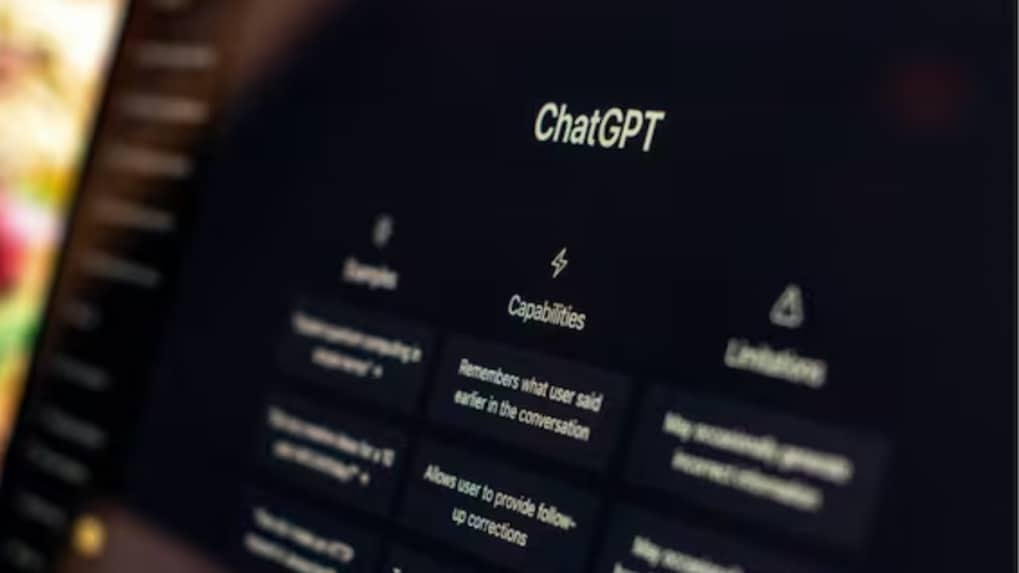GPT-5 explained: How OpenAI’s new AI model works
The company says it is faster, more accurate and far more capable than any of its predecessors, promising users an experience akin to “having a team of PhD-level experts in your pocket.”
ADVERTISEMENT
OpenAI has launched GPT-5, its most sophisticated artificial intelligence model to date — and for the first time, it is available to everyone, including those on the free tier of ChatGPT. The company says it is faster, more accurate and far more capable than any of its predecessors, promising users an experience akin to “having a team of PhD-level experts in your pocket.”
Read More: India may surpass US as OpenAI’s largest market, says Sam Altman at GPT-5 launch
OpenAI chief executive Sam Altman compared the leap from GPT-4 to GPT-5 to the transformation of the iPhone from a pixelated display to the high-definition Retina screen. “It’s the first time it really feels like talking to an expert in any topic,” he said.
How GPT-5 Works Like GPT-4 before it, GPT-5 powers the chatbots, search assistants and AI agents embedded in ChatGPT and other apps licensed to use OpenAI’s technology. But under the hood, it consists of more than one model - a fast, general-purpose language model for straightforward queries.
A more advanced reasoning model designed for complex problem-solving. A routing system automatically decides which version to deploy, depending on the nature of the question.
The upgrade also includes refined training to reduce “hallucinations” — instances when AI produces inaccurate or fabricated information. The safety layer is now designed to provide helpful, non-harmful responses, even to prompts that sound potentially dangerous. For instance, a chemistry student asking about reactions will receive safe, factual guidance rather than a refusal.
Who Gets What OpenAI is making GPT-5 available to all ChatGPT users, but with different access levels:
Free tier: Access to GPT-5 with a usage cap; beyond that, the system switches to a lighter “GPT-5 mini” model.
Plus subscribers: Higher usage limits before switching to GPT-5 mini.
Pro users: Unlimited GPT-5 access, including a more powerful “Pro” variant.
Enterprise, Education and Team accounts: GPT-5 becomes the default model, though roll-out will be staggered.
Read More: Bill Gates warns Gen Z: AI alone won’t guarantee you a job
Personality Customisation and Interface Controls
GPT-5 introduces personality customisation, giving users the option to shape how the AI communicates. Instead of a one-size-fits-all chatbot, you can now choose from distinct conversational styles — whether you prefer it thoughtful and supportive, dry and sarcastic, efficiently robotic, or nerdy and detail-driven. These presets, with names like Cynic, Robot, Listener and Nerd, are opt-in and can be switched at any time. On the visual side, the chat interface is now more customisable too. Users can select from a range of colour themes, with certain premium palettes reserved for paying subscribers.
Calendar and Email Integration
For those comfortable linking their personal data, GPT-5 can now connect directly with Google Calendar and Gmail accounts. Once enabled, the AI can check your schedule, review relevant emails, and make smart suggestions — such as reminding you of an upcoming meeting, drafting a follow-up response. The system is designed with a layer of control: users decide exactly what information is shared, and the AI cannot access private content without explicit permission. These integrations will be available to Pro users first, with gradual rollout to other account tiers over the coming weeks.
Expanded Voice Interaction One of the most noticeable upgrades in GPT-5 is the expansion of Advanced Voice Mode to all users, regardless of subscription tier. Previously limited to premium accounts, this feature allows natural, fluid conversation with the AI — no typing required. The voice system has been trained to sound more human-like, with improved tone, pacing and responsiveness, making interactions feel more like speaking to a real person. It’s not just about dictation; users can engage in back-and-forth discussions, ask follow-up questions, and have the AI respond almost instantly.


